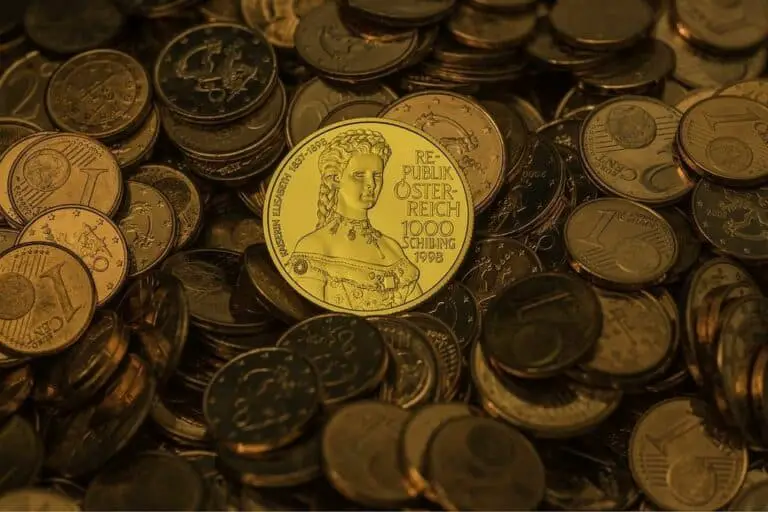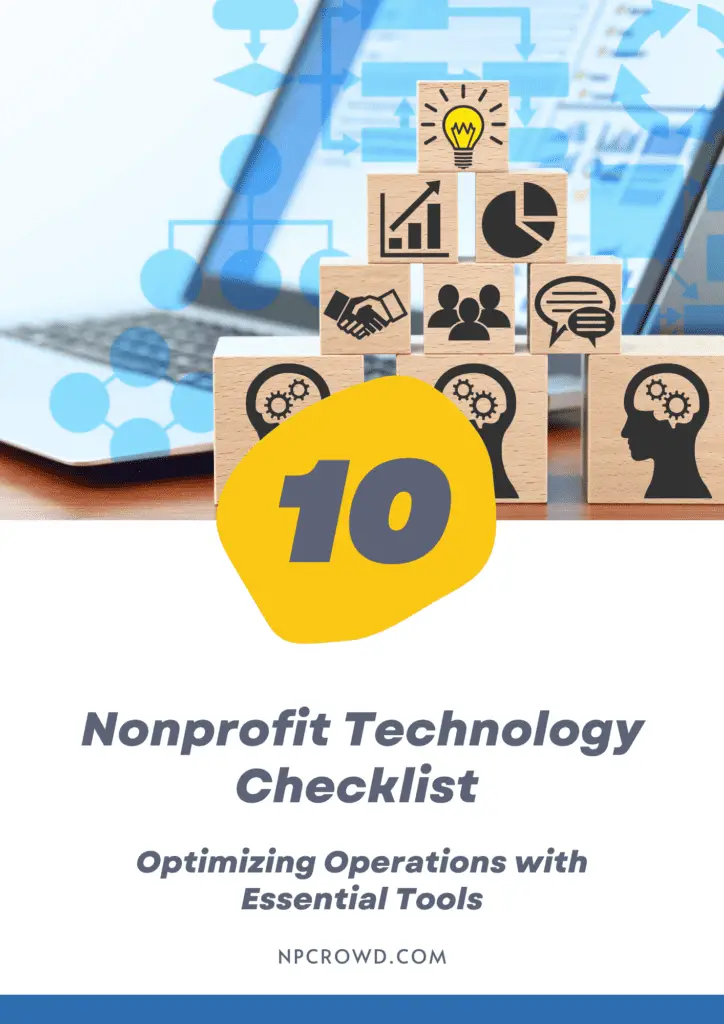5 Financial Numbers to Know as a Nonprofit Leader
Disclaimer: This post may contain affiliate links. These links, if used and purchases made, we may earn a small commission. These affiliate programs do not impact the recommendations we make or the resources we refer you to. Our focus is on providing you the best resources for your nonprofit journey.
As a nonprofit leader, it is important to be prepared to explain your organization’s financial position to new board members or other interested parties.In this article, we will review five key financial numbers that every nonprofit leader should know. These include the annual budget, income breakdown, expense breakdown, fundraising to programs percentage, and operating reserves.
By understanding and being able to explain these numbers, you will be better equipped to manage your nonprofit’s finances and make sound decisions about its future.
Introduction
As a nonprofit leader, it is important that you are prepared to explain your organization’s financial position to new board members or anyone else who may be interested. There are five key financial numbers that every nonprofit leader should know. These numbers will give anyone who is interested a clear picture of the organization’s overall financial health.
The five numbers are:
- The annual budget
what is the annual budget? Share your total budgeted expenses
Budget size helps quickly communicate organization size. - The income breakdown
- The expense breakdown
- The fundraising to programs ratio
- The operating reserves
By understanding and being able to explain these numbers, you will be better equipped to manage your nonprofit’s finances and make sound decisions about its future.
Here’s how the conversation might go.
“Our annual budget this year is $600,000 and we anticipate $675,000 next year. Half of our income comes from donations, 30% is program fee income, and the rest is split between private foundations and local grants.
Given that we are a service based agency, the bulk of our expenses are for staffing. We have the typical fundraising and operational expenses of any business but keep the overhead low so that 83% of the money we raise goes to our programs.
Long term, we will be establishing specific operating reserve that will move us from 1 month to 4 months of expenses in reserve by the next of next fiscal year. “
See how well you just painted a picture of your nonprofit’s health, size, and operational capability.
Annual Budget
Formula: Total Budgeted Expenses
The annual budget is the total amount of money that an organization plans to spend in a year. By knowing this number annually, you can quickly give a board member, donor, or other individuals an idea as to the size of your organization.
As an example, knowing that your nonprofit plans to spend $600,000 this year help others understand where you fit in the bigger ecosystem of nonprofits they support or have worked with.
Annual budget template from Smartsheet
Income Breakdown
Formula: % of Income coming from:
- Donors
- Program Fees
- Foundations/Grants
- Government Grants
- Endowment
- Other
The income breakdown is the percentage of income that comes from each of the different sources. This number is important because it helps show the mix of different types of support that an organization has.
As an example, an organization that relies heavily on government grants may be at risk if those grants are not renewed. On the other hand, an organization with a diversified income stream, such as donations from individuals, foundations, and program fees, may be more resilient in the face of change.
If you are into the financial operations of a nonprofit, you’ll enjoy reading the article we wrote with the 13 key financial control elements every nonprofit needs.
Expense Breakdown
Formula: % of Expenses going to:
- Programming
- Administration
- Fundraising
The expense breakdown is the percentage of expenses that go to each of the different areas of the organization. This number is important because it helps show where the organization is spending its money.
As an example, an organization that spends a large percentage of its expenses on fundraising may be viewed as being inefficient. On the other hand, an organization that spends a large percentage on administration may be viewed as being well-run.
Bust the administrative overhead myth with real advice in our nonprofit startup myths.
Fundraising to Programs Ratio
Formula: % of Expenses going to Fundraising/% of Income from Fundraising
The fundraising to programs ratio is the percentage of expenses that go to fundraising divided by the percentage of income that comes from fundraising. This number is important because it helps show how much of the organization’s money is being spent on raising money.
As an example, an organization with a high fundraising to programs ratio may be viewed as being too focused on fundraising. On the other hand, an organization with a low fundraising to programs ratio may be viewed as being not focused enough on fundraising.
Operating Reserves
Formula: % of Expenses that are covered by Operating Reserves
The operating reserve is the percentage, or the number of months, of expenses that are covered by the organization’s reserves. This number is important because it helps show how well the organization is prepared for unexpected expenses or loss of income.
As an example, an organization with a low percentage of expenses covered by operating reserves may be at risk of not being able to meet its financial obligations if there is a sudden drop in income. On the other hand, an organization with a high percentage of expenses covered by operating reserves may be viewed as being too conservative.
If your nonprofit has $200,000 in reserves and typically spends about $50,000 per month, the nonprofit has an operating reserve of 4 months or XXXX%.
Number of Months = $ Reserve / $ Monthly Operating Expense
Reserve % = $ Reserve / $ Annual Operating Expenses
Conclusion
These are five key financial numbers that every nonprofit leader should know. By understanding and being able to explain these numbers, you will be better equipped to manage your nonprofit’s finances and make sound decisions about its future.







